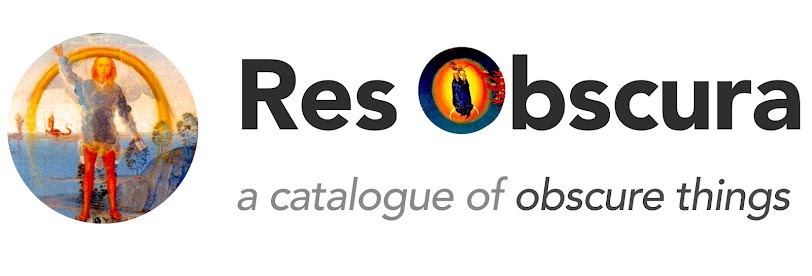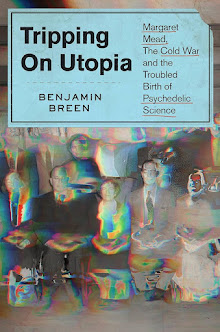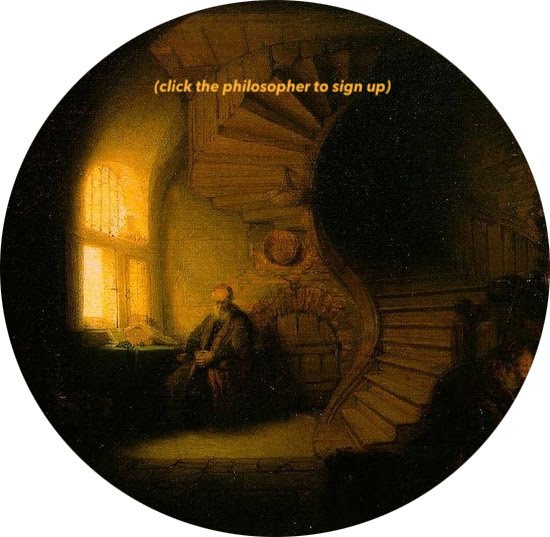As to boldness of design, the examples are innumerable; for we see designed, statues of enormous bulk, known as colossal statues and equal to towers in size.
- Pliny the Elder (23-79 CE), Natural History, Book 34, Chapter 9.
Wikipedia has its critics (some justified, some not), but I personally love the odd ways that it organizes information -- especially the list-making tendencies of its members (I'm a longstanding fan of the List of Unusual Deaths). These lists are somewhat silly, to be sure, but not much more silly than the methods of famous figures such as Pliny the Elder. Pliny's encyclopedic Natural History, written circa 71 AD, is essentially a running tally of natural phenomena which often deviates from 'rational' methods of organization: Book XIII, for example, tabulates "trees, papyrus and other aquatic plants," but, in the words of James Eason, actually devolves into a "tirade on luxury, masquerading as a description of fancy tables."
All of this is meant to introduce an interesting Wikipedia list I recently came across that orders the world's statues by height. What I love about this list is that virtually every statue on it was unknown to me: the vast majority are from the non-Western world, and nine out of the top ten turn out to be depictions of the Buddha. Many of these statues were created by authoritarian regimes in the twentieth and the twenty-first centuries, but not all: one 88 foot tall Buddha in a Chinese monastery dates from 430 CE! Below are some of my favorite images of statues from the list, accompanied by the country they inhabit and the date of their creation.
The Spring Temple Buddha in Lushan, China -- the world's largest statue at 420 feet. Constructed in 2002.
The Ushiku Daibutsu in Ushiku, Japan -- significantly shorter at 361 feet, but in my view more imposing.
This 233 foot tall giant Buddha in Leshan, China, is far older than the others: construction initially began in 713 and was completed in 803, making it a contemporary of Charlemagne and the so-called 'Dark Ages' in Europe (for a refutation of the concept of the Dark Ages, by the way, see Peter Brown's The World of Late Antiquity
The 332 foot tall Mother Motherland statue created in Kiev, Ukraine in 1981 -- a counterpoint to the larger Volgograd statue above. It is made entirely of steel. This one scares me.
Statue of Lord Shiva, Kathamandu, Nepal. At 143 feet, it is the world's largest depiction of a Hindu deity. It is also the newest statue on the list, having reached completion in 2010.
Another steel one - the Genghis Khan Equestrian Statue in Tuv Province, Mongolia. It stands 132 feet tall and was completed in 2007. This is surely the most remote colossal statue on the list, and probably in the world.
The ancient Colossus of Rhodes, remarkably, was probably around the same size as these last two giants, standing around 107 feet high. According to classical accounts, including that of Pliny, it was partially cast from the bronze and iron weapons left behind by a Hellenistic king who attempted to lay siege to the port city circa 300 BCE. The Rhodians were said to have used a vast siege engine left behind by the king's retreating forces as scaffolding for the statue.




























